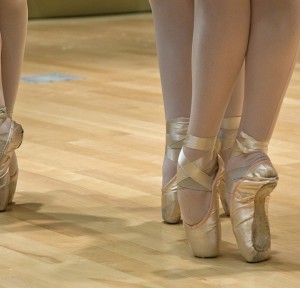Physio Health Advice > Plantar Fasciitis
Plantar fasciitis is the most common cause of pain at the rear of the foot. The plantar fascia is a fibrous tissue that originates on the heel bone and inserts into the toes, helping to provide stability and support to the arches of the foot.
Plantar fasciitis is the breakdown of the tissues of the plantar fascia, usually in the area that attaches to the heel. The cells within the tissue become disarrayed, changing the direction of pull and weakening the tendon, which can eventually lead to micro-tearing of the fascia.
What are the symptoms?
Plantar Fasciitis is characterised by gradual onset of pain at the base of the heel. The pain may be worse in the morning and eases throughout the day. Aggravating activities include standing, being inactive; stretching the foot, and the area will be painful to touch. In the early stages, activities such as running or dancing may ease the pain and only be painful afterwards, however as the condition develops further, pain may also be felt during exercise.
How does it happen?
This condition usually develops slowly over time. Sudden heel pain following a traumatic incident is not usually classified as plantar fasciitis. Poor foot biomechanics, such as over pronation or supination (a kind of twisting movement within the foot) during walking or running places stress through the tendon. If this continues over time, the tendon begins to break down, causing pain.
Common activities that contribute to plantar fasciitis include walking with inappropriate or unsupportive footwear, running, and dancing. Other factors that may contribute to plantar fasciitis are lower limb muscle tightness, leg length discrepancy or muscle imbalance.
How can physio help?
There are various strategies your physio can use to assist with pain relief of the foot. Following a thorough examination of the lower limbs, your physio will decide if you require specific muscle stretching or strengthening. Often there will be a biomechanical abnormality in the gluteal or calf muscles that require attention. Once an exercise program is underway, strapping or orthotics, may be used to support the painful tissue. Generally, a stretching routine for the bottom of the foot will be prescribed, and tissue release using a golf or tennis ball may be added to the exercise regime.
Most practitioners agree that physiotherapy management and relative rest are best for plantar fasciitis, however, some people may need further treatment such as corticosteroid injections or surgery if physiotherapy is not effective in relieving the symptoms.
Click here to make an appointment with one of our friendly physios!


